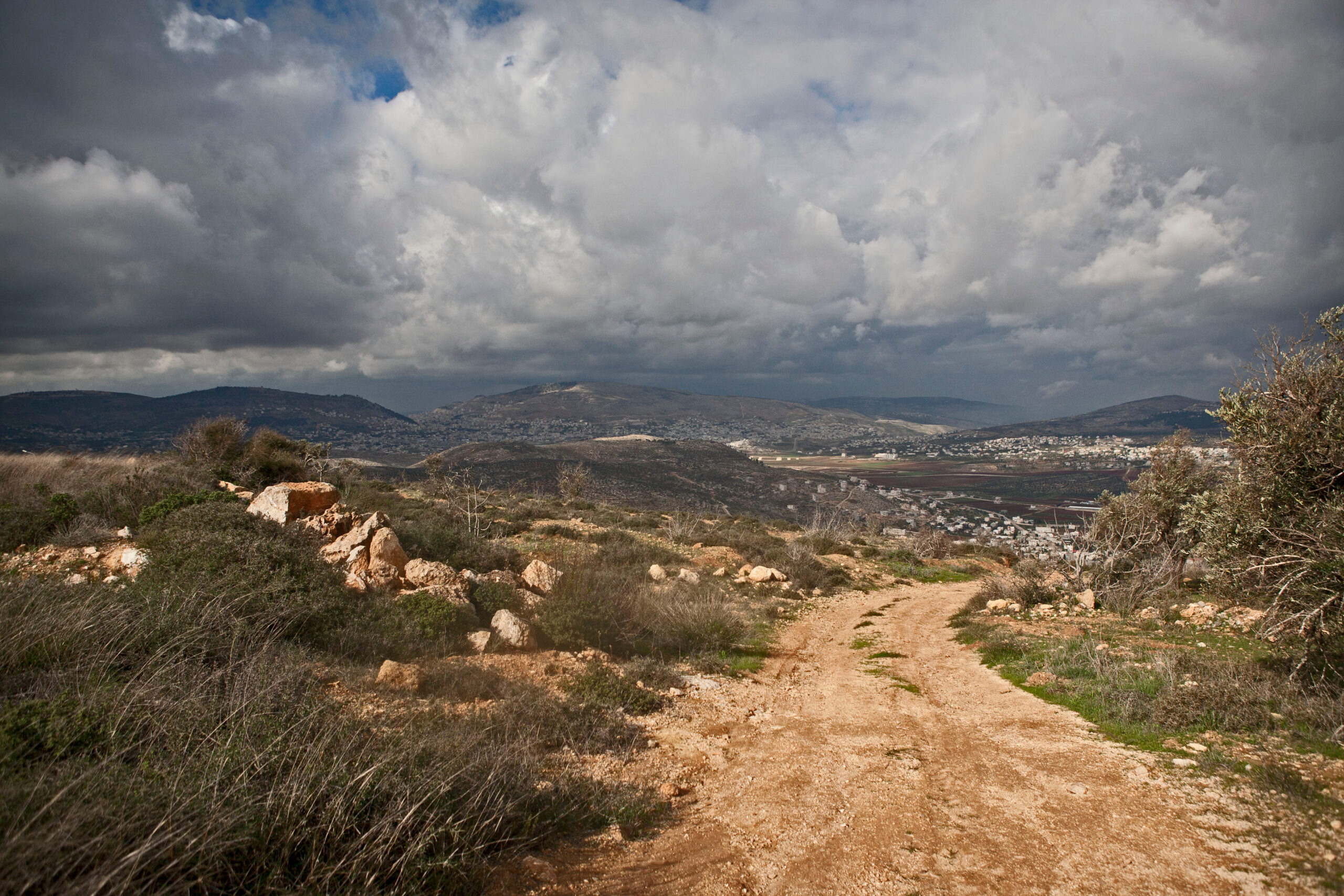In the annals of history, few regions can boast the profound significance of Judea and Samaria. This land, the very heartland of Israel, holds a rich history and spirituality that has shaped the faith and identity of countless generations. The reclamation of this sacred territory during the 1967 war marked not just a political triumph but a spiritual renaissance, reconnecting the Jewish people with their ancestral roots.
In 1982, Professor Adam Zertal made a remarkable discovery in this region on Mount Ebal – a stone structure believed to be Joshua’s Altar. This ancient site, described in detail in the books of Deuteronomy and Exodus, offers tangible evidence of the Israelites’ early presence in the land. The altar’s construction, complete with a ramp instead of stairs as specified in biblical texts, and its location atop Mount Ebal, the “mountain of curse,” align precisely with scriptural accounts.
The excavation revealed a fascinating layout: a stone box filled with layers of bones and ashes, containing animal remains that correspond to biblical sacrificial listings. At the heart of this structure lies a circular altar, thought to be the original altar built by Joshua himself. This central piece, situated on bedrock, was later encompassed by a larger altar, possibly constructed to venerate the sacred site.
Judea and Samaria transcend mere historical interest. It is a battleground for cultural and religious identity, a place where the connection between Jews and Christians and their biblical heritage is both celebrated and contested. Efforts to undermine this connection often stem from a deeper understanding of its importance. If this link is severed, the very foundation of faith and identity for millions could be weakened.
Visiting these sites transforms the biblical stories from abstract tales into vivid, tangible experiences. Standing beside Joshua’s altar, one can almost hear the echoes of ancient prayers and see the scenes described in the scriptures come to life. They transform the black-and-white words of ancient texts into vivid, three-dimensional realities. Standing beside Joshua’s Altar brings the Bible to life in a way that reading alone cannot achieve.
This profound connection to the past not only strengthens faith but also reinforces the historical and spiritual claims of the Jewish people to this land.
However, the preservation of these sites faces significant challenges. Many of these historical and archaeological treasures are in danger of vandalism or complete destruction. Protecting these sacred places is crucial, not only for their historical value but also for their role in maintaining the cultural and spiritual heritage of the Jewish people and the broader Judeo-Christian world.
Judea and Samaria are not merely territories under dispute; they are the cradle of biblical history, the bedrock of faith for Jews and Christians alike. The reclamation and preservation of this land are about safeguarding a legacy that has shaped civilizations and continues to inspire millions around the world.
To learn more about Judea and Samaria, and their significance, visit keepgodsland.com, which will help you delve deeper into these stories and the ongoing journey of the Jewish people in their ancestral homeland.





